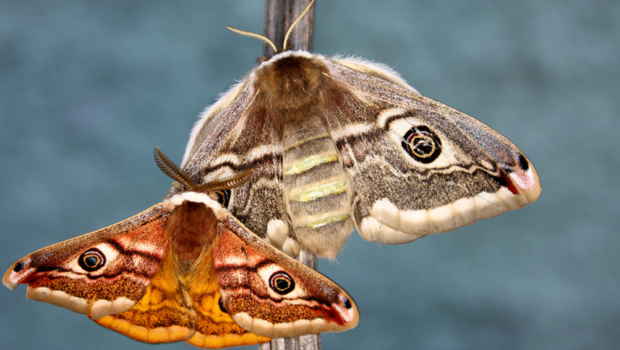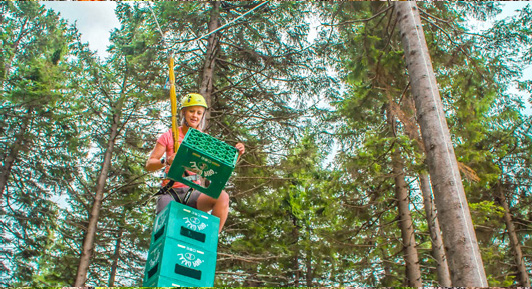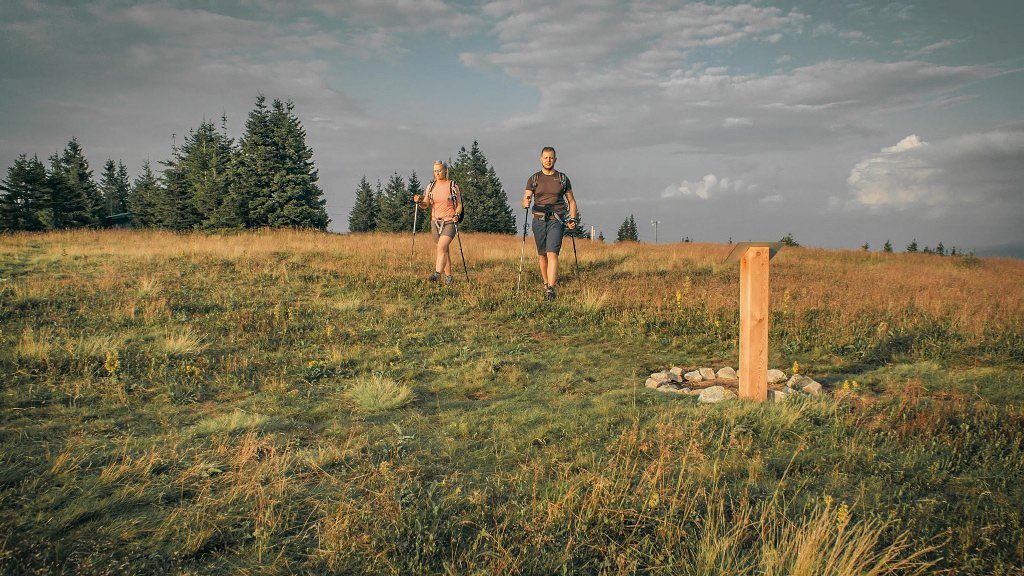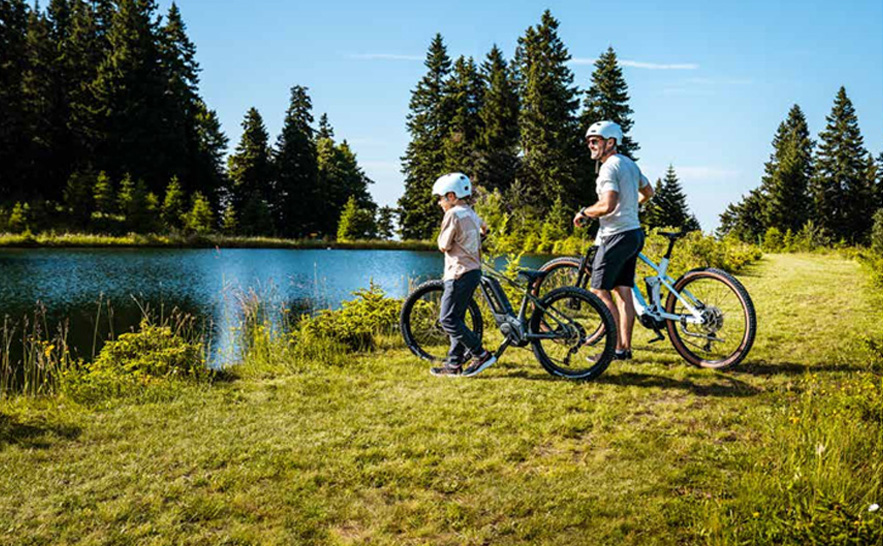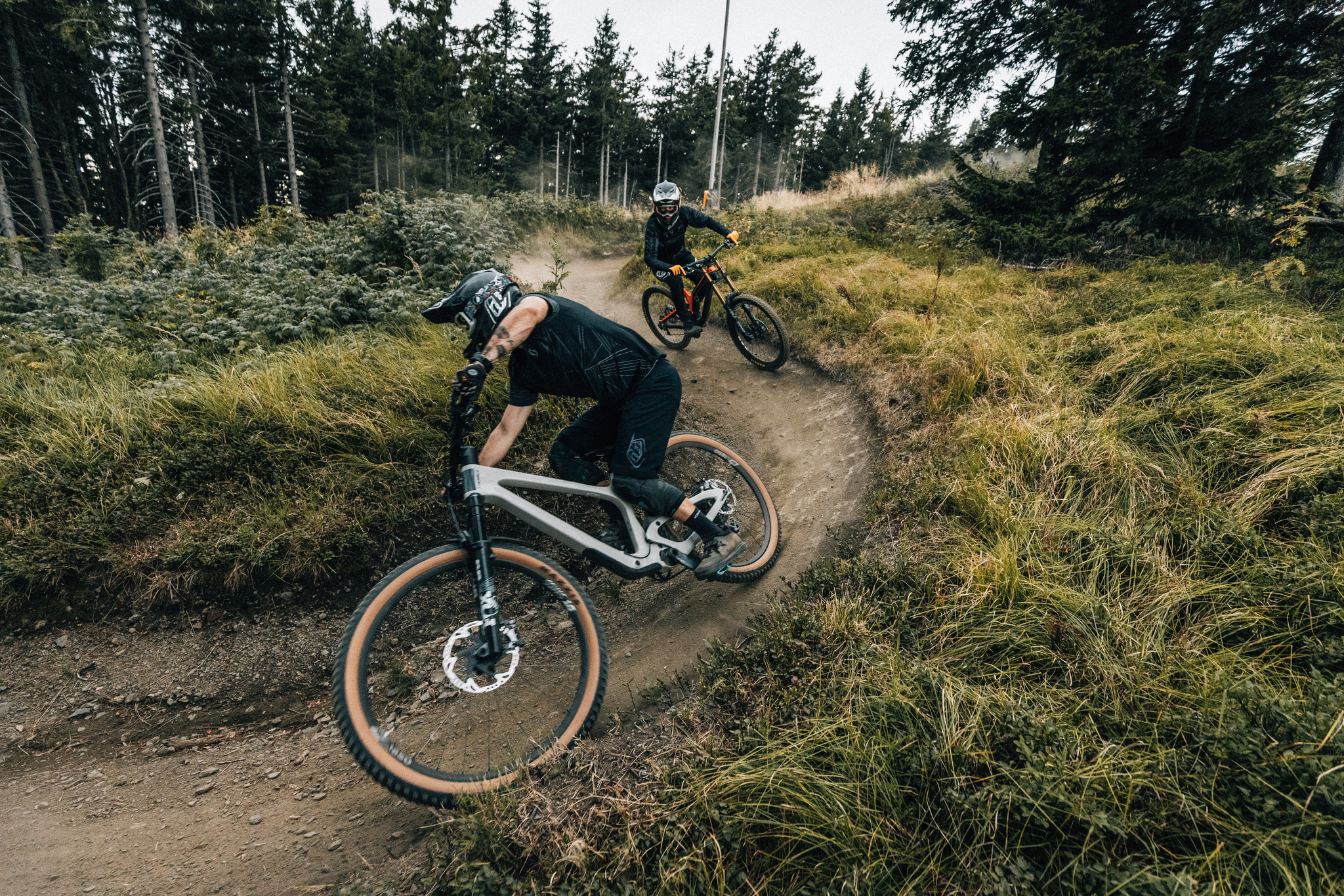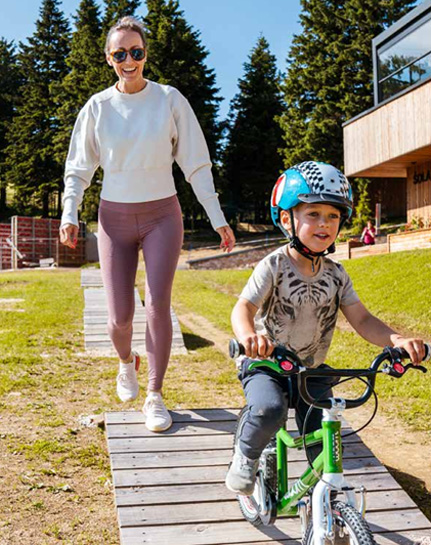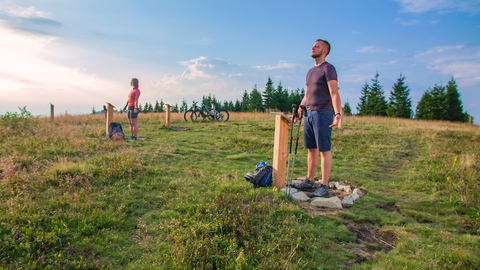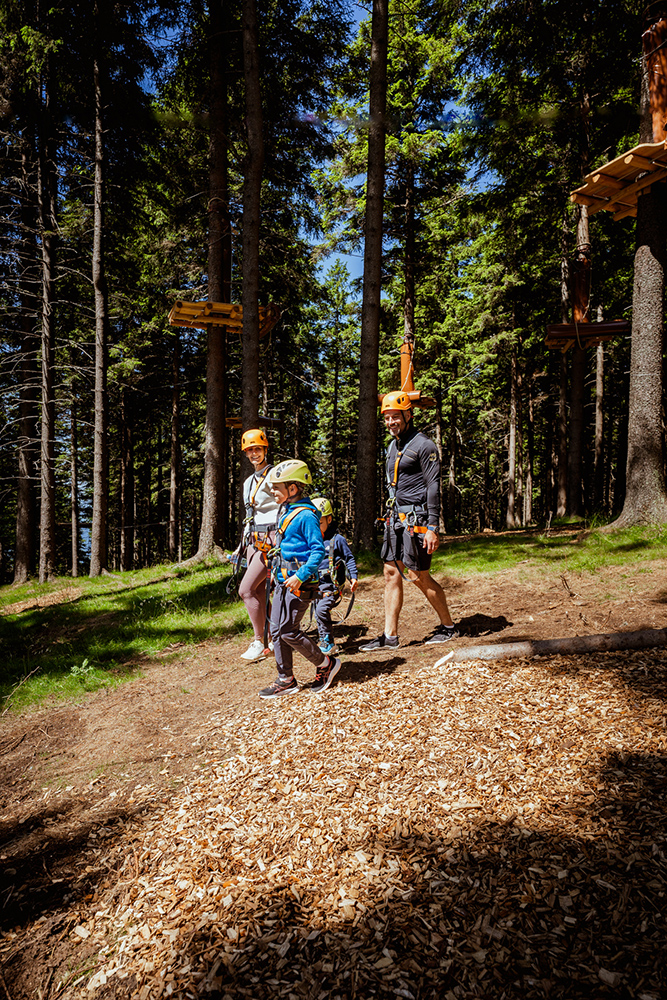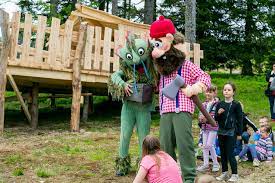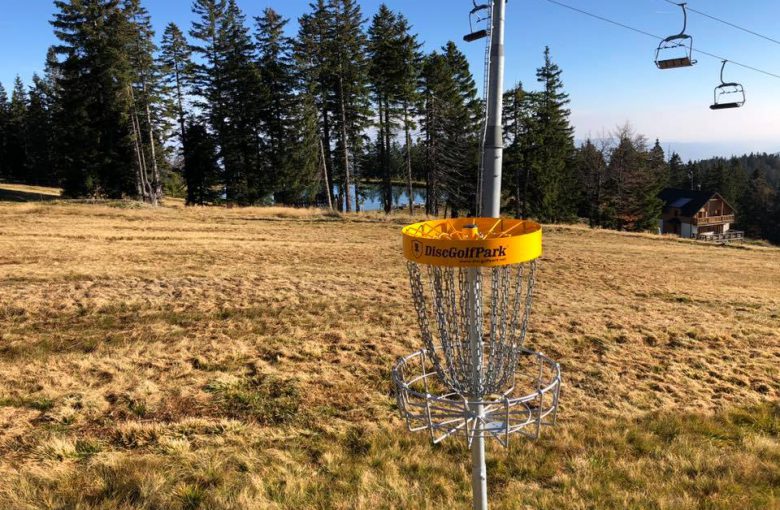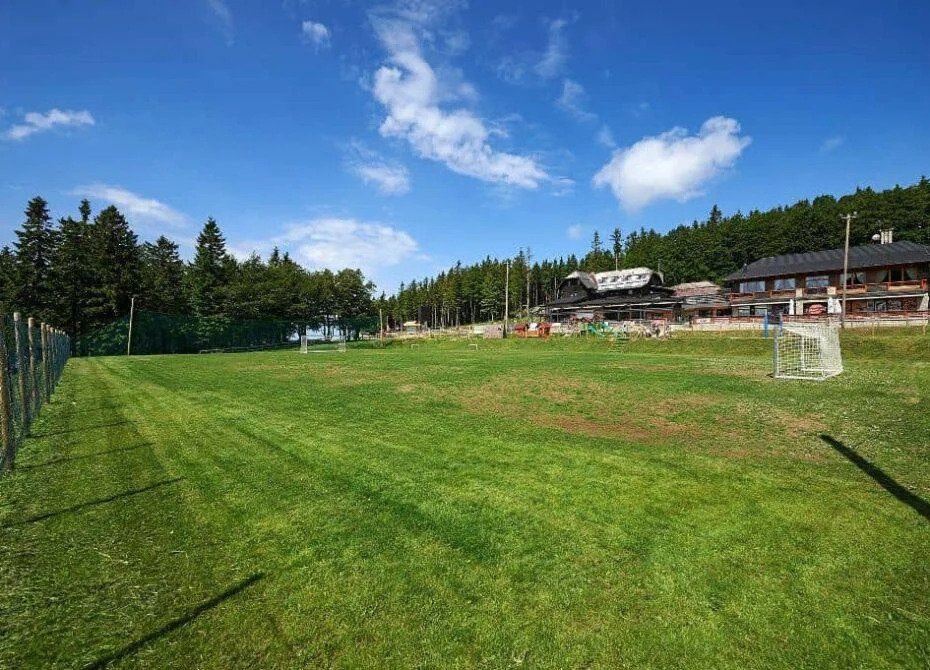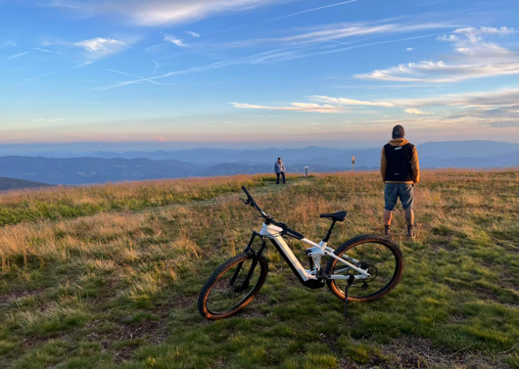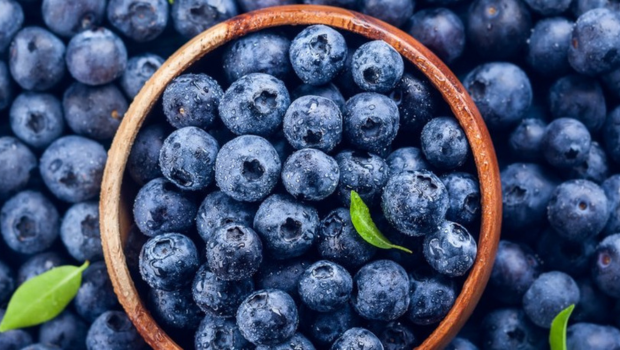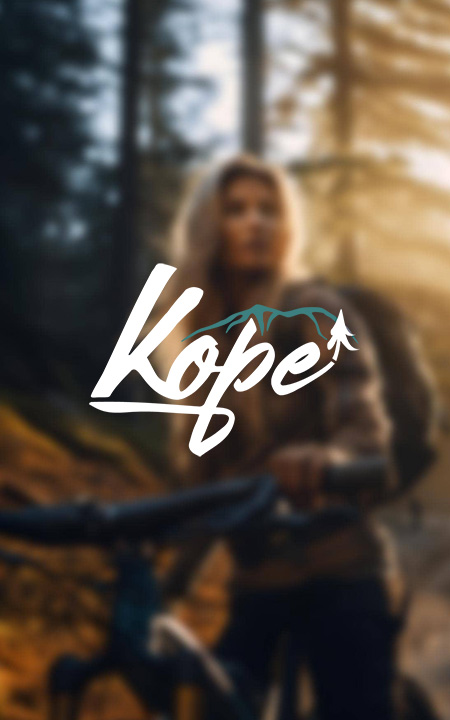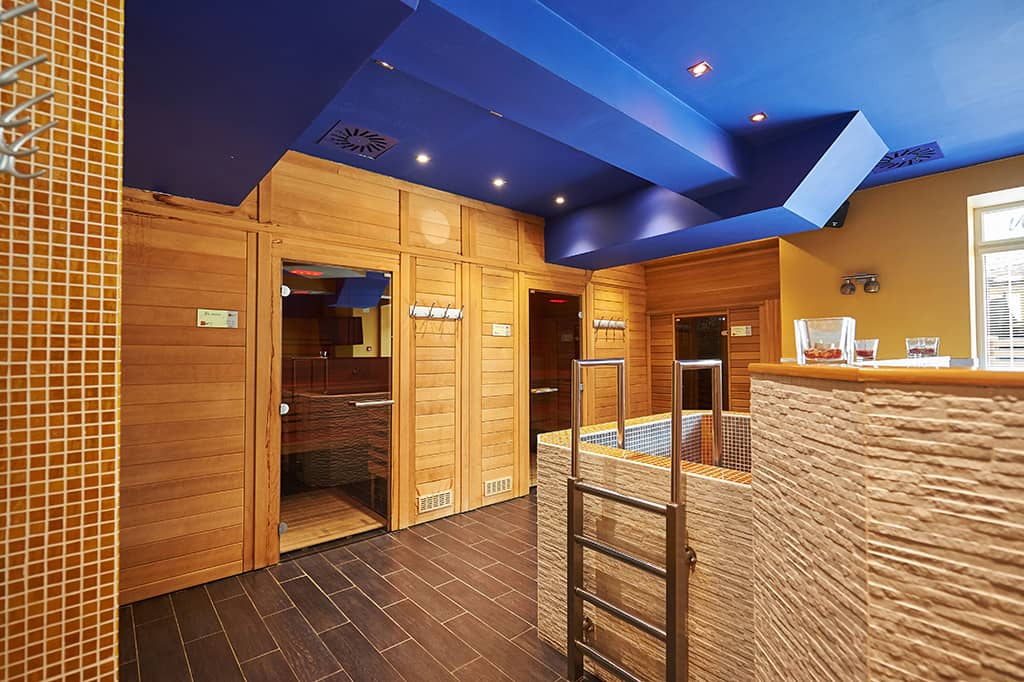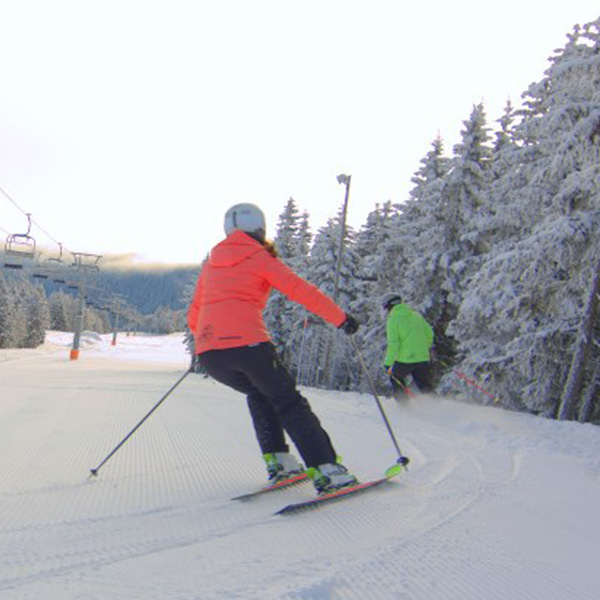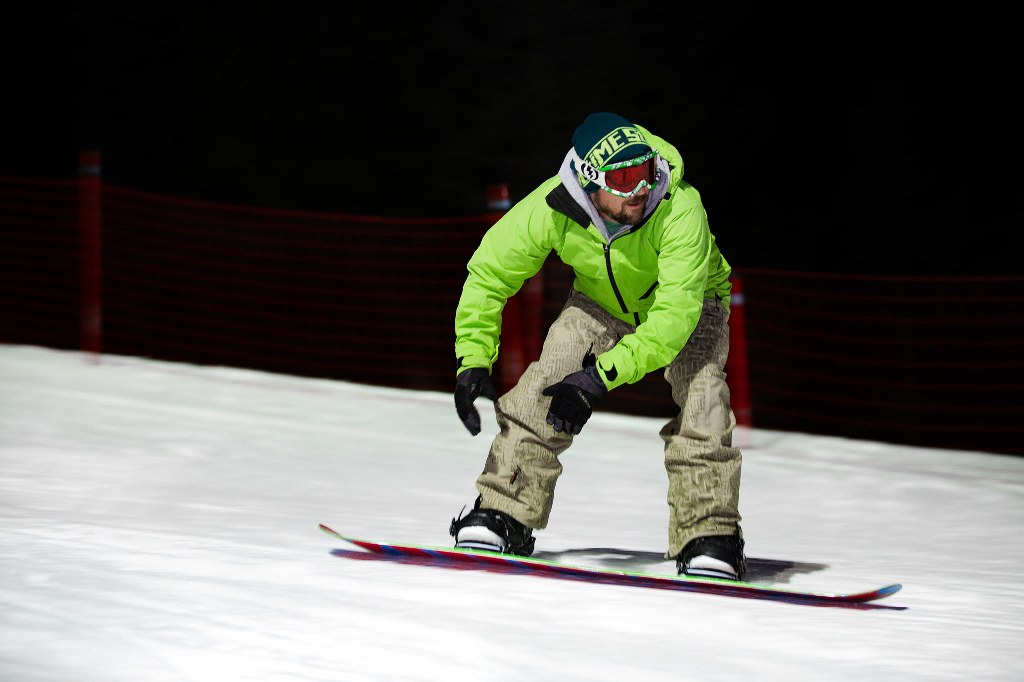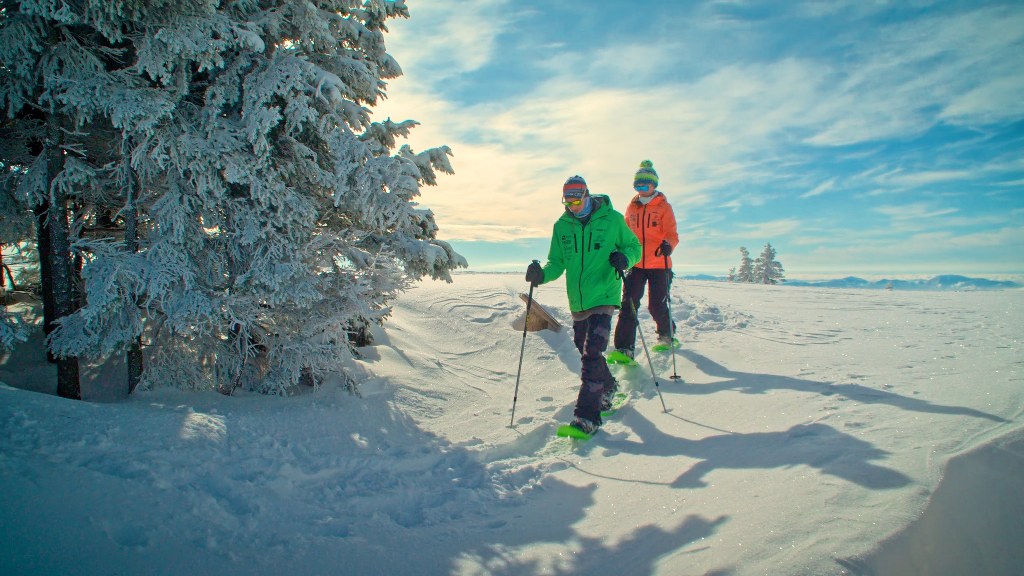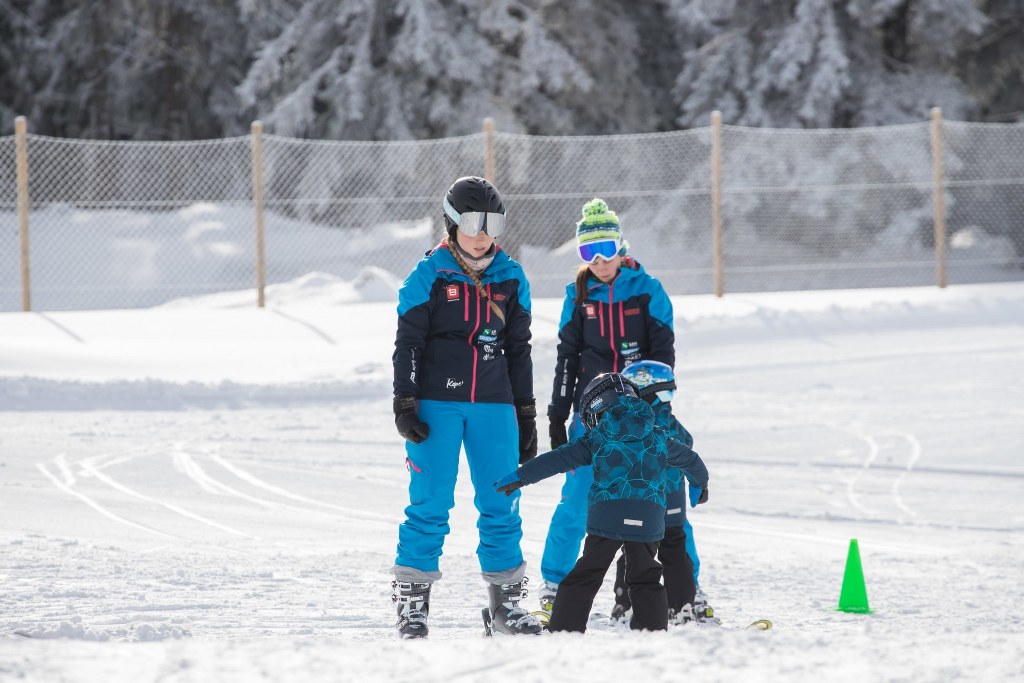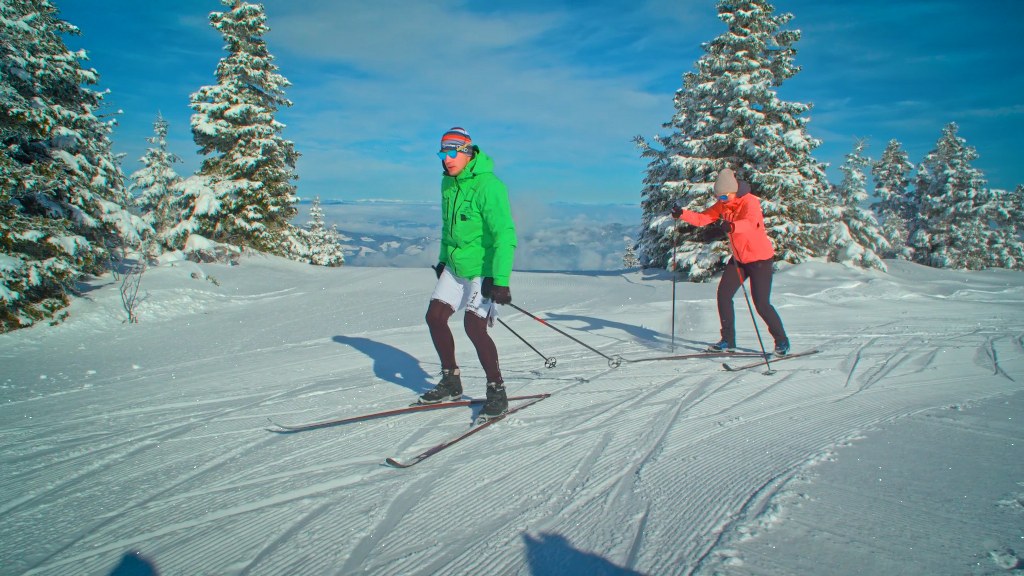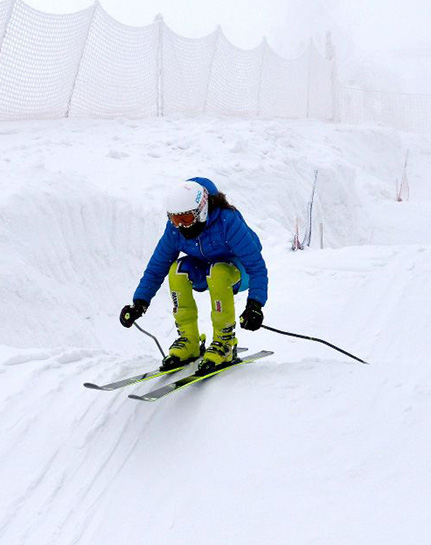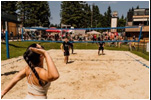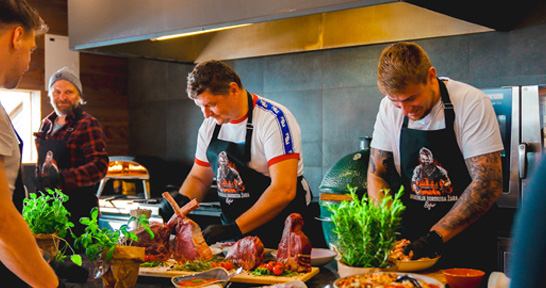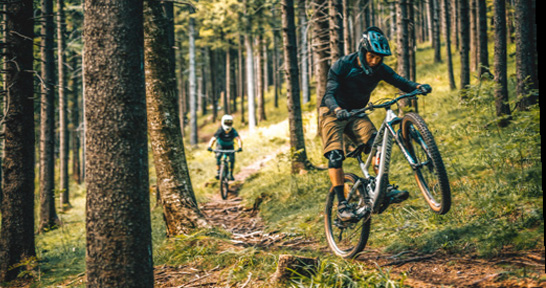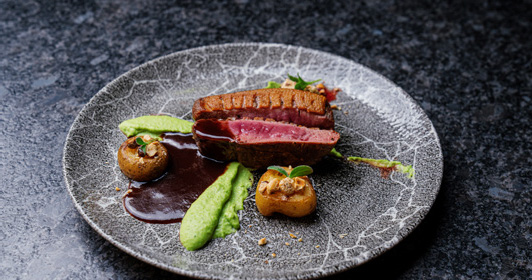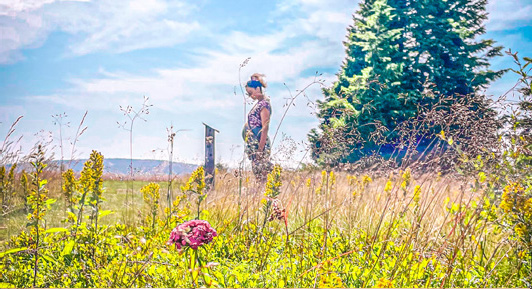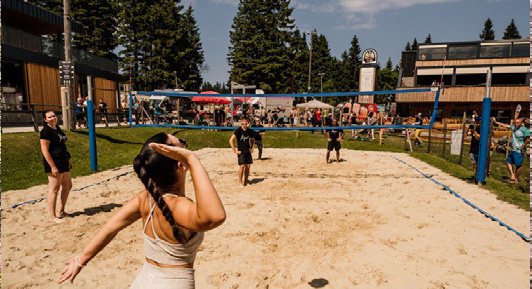
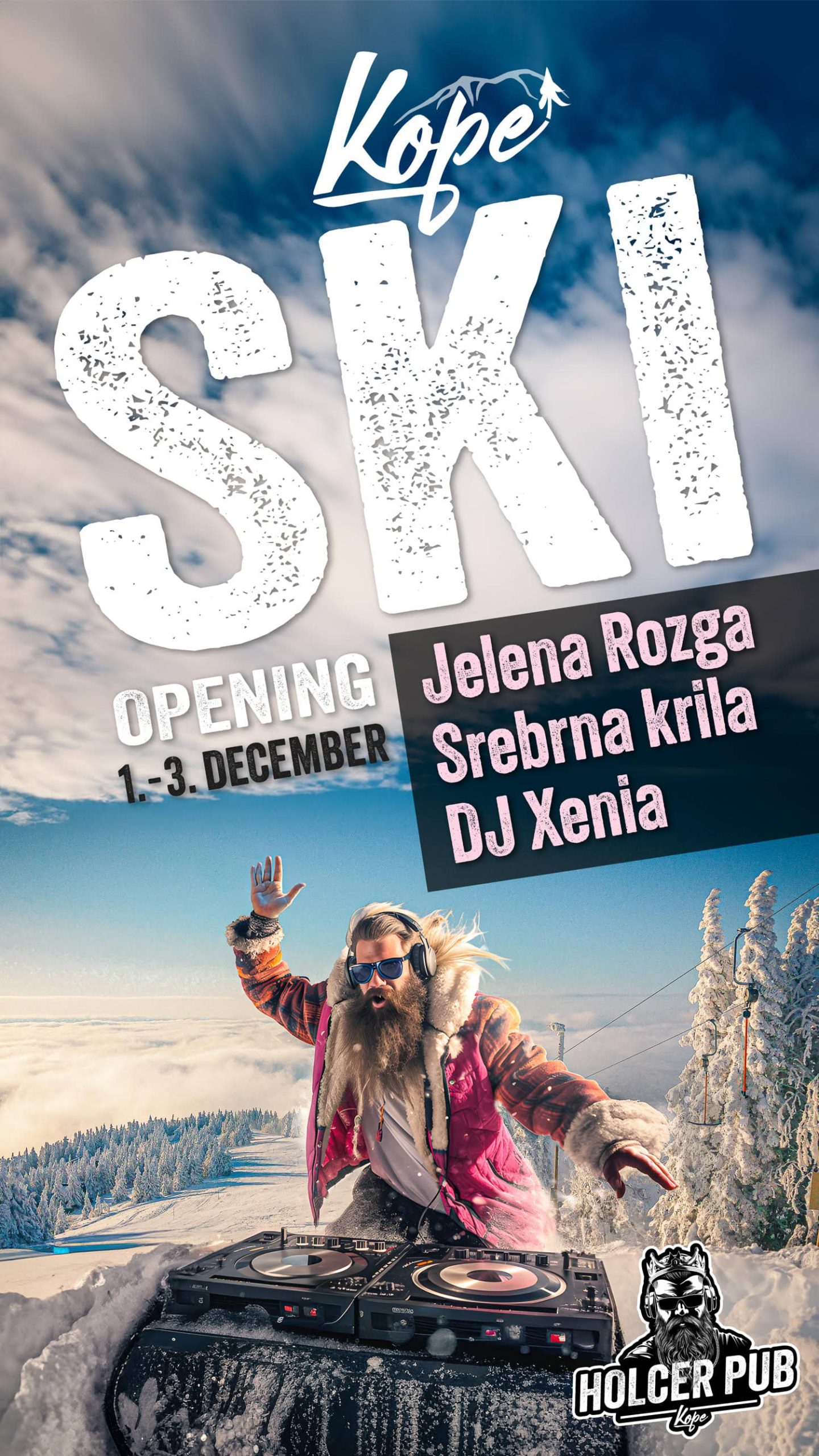
Arnica - Arnica (scientific name Arnica montana) is a protected medicinal plant. The stem of the arnica is glandular and hairy, with a single flower stalk, and can grow up to 70 cm high. The leaves are short-stalked. When picking arnica, it is best to be guided by the colour and aromatic scent of the arnica flowers.
Blueberries - Along the trails of Pohorje, you'll be greeted by bushes full of blueberries, inviting you to taste them and pick them for delicious pastries. Blueberries grow in small bushes up to 30 cm high. They have no smell and taste sour-sweet when fresh and slightly tart when dried.
Mushrooms - Mushroom picking has become the most popular "sport" among the general population of our beautiful homeland Slovenia in the last few years. You can also find them along the trails of Pohorje, but don't forget - only 2 kg per person. From a recreational point of view, mushroom picking is an ideal form of active relaxation.
Sedovnikova lipa - The oldest linden tree, believed to have been planted by the Turks in the past, stands on Sedovnikova homestead. It is about 500 years old, 8 metres high and hollow inside.
Brusnice - The Pohorje area, with its diverse flora and fauna, is one of Slovenia's natural gems. This is also proven by the Pohorje region's inclusion in the Natura 2000 network of European Special Areas of Nature Conservation.




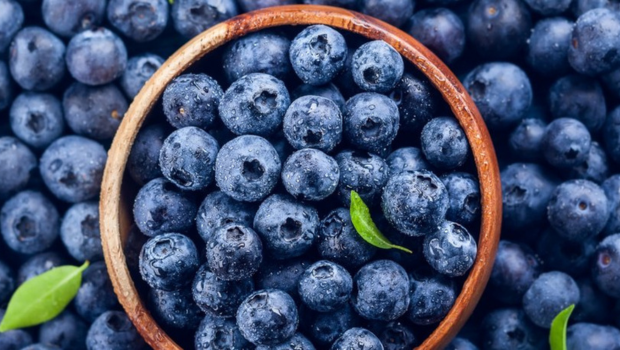
Wild Rooster (Ruševec) - The most vital population of wild roosters in Slovenia lives in Carinthia and Pohorje. It lives in quiet, old, extensive, mixed and coniferous forests, mostly at altitudes above 800m.
Ants - The large red ants of the genus Formica are an important link in forest biocenosis and in the preventive biological control of forests. They can be permanently present in the forest because they have a long life span (females 15-25 years, workers 3-5 years) and their social lifestyle in large anthills makes them less dependent on weather and food conditions.
Wild Hare - The main habitat for the hare is the cultivated field world, but it prefers the open flat world. In this country, the hare lives up to 1500 m above sea level, and worldwide up to 5000 m above sea level, although the best conditions for the hare are up to 500 m above sea level.
Roe deer - The roe deer is one of the most widespread animal species in Pohorje. The characteristic feature of the roe deer is that it grazes for seven hours, ruminates for the same amount of time, rests for another seven hours and sleeps soundly for only three hours. It is the only species of hoofed game that is widespread throughout the Pohorje Mountains. Population densities vary, but the basic observation that abundance decreases with altitude applies.
Fox - The fox has an elongated slender body, very flexible pointed ears and a narrow pointed muzzle with sparse long hairs on the head. The tail is long and bushy, white at the tip. It lives in woodlands, rarely in mountains. It is very agile and fast. It walks around mainly at night, hunting for prey, scavenging for scraps and carrion. It lives singly, or more rarely in small groups, in a burrow in the ground, to which it digs several exits.
Common squirrel - Found mainly in mixed and coniferous forests. It lives mainly in trees, but sometimes also on the ground, where it searches for food. It is a skilful climber. It is the largest forest rodent.
Golden martin - The golden martin lives in all types of forests, and in the mountains up to the tree line. It is mainly active at night and is a solitary animal, feeding on rodents, birds, insects and forest fruits.
Badger - It's our biggest marten. Its head is pointed and its body is strong and bulky. The limbs are muscular and the toe claws are long. In winter, it leaves its den even in deep snow and severe cold.
Europe's largest butterfly - The largest butterfly in Europe, 15 cm across, is the nightjar, and it is the only butterfly to be found along the Pohorje trails. It is the largest native butterfly species in Europe.




